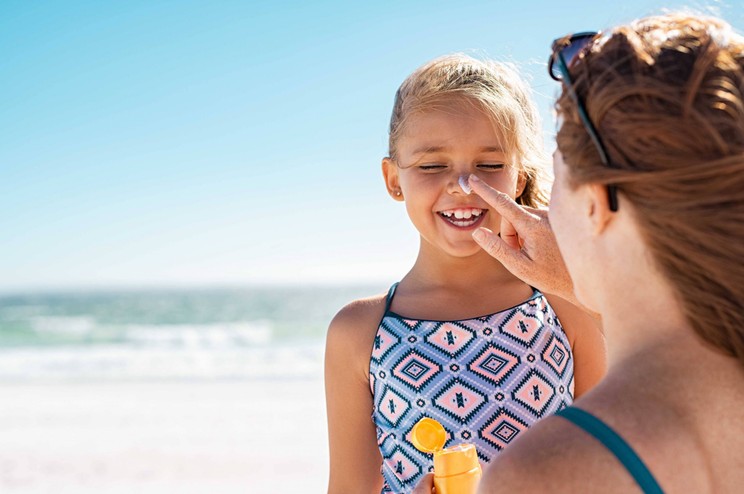Seasonal changes, allergies, or pollution- all these factors have enough effects on our skin, but they are nothing compared to the precarious UV exposure! Yes, most of this exposure comes from the sun but unnatural sources such as sun lamps, lasers, indoor tanning beds, and some fluorescent lights can play an equal role in damaging the skin cells. Prolonged exposure to UV rays puts an individual at a greater risk for skin cancer.
Well, not every person will contract cancer after getting exposed to the sun but surely is at risk! It is important to note that more than 95% of the sun’s UV radiation that reaches the earth’s surface is UVA. Also, UVB and UVC are absorbed by the oxygen and ozone in the earth’s atmosphere.
What are these types? How can these UV rays impact the skin? What are the effective ways for skin protection? Read on to unveil the answers of all of these concerns.
What is ultraviolet radiation?
A type of electromagnetic radiation that makes black-light posters glow, and is responsible for summer tans and sunburns. However, too much exposure to UV radiation damages living tissues too. There are mainly three types of UV rays.
Ultraviolet A (UVA): The rays that penetrate deeper than the other two rays and can cause skin cells to prematurely age, resulting in skin damage. This can cause wrinkles, sun spots, or even skin cancer.
Ultraviolet B (UVB): Most cases of sunburn and skin cancer come from exposure to UVB rays that are highly intense and penetrate through superficial layers of the epidermis.
Ultraviolet C (UVC): These rays are dangerous to people who work with welding torches or mercury lamps. Well, natural exposure is hard as they have shorter wavelengths and aren’t known to have harmful effects simply because they can’t get past the earth’s ozone layer.
Tips to protect skin from UV rays
One of the best ways to protect your skin from UV damage is to use sunscreen. Some of the other practices to consider are;
- Choose a sunscreen offering broad-spectrum protection (both from UVA and UVB rays).
- Any sunscreen with an SPF of 30 or higher will be appropriate.
- Take maximum care while performing activities like swimming or any kind of water sport. Apply water-resistant sunscreen every 2 to 3 hours positively.
- Pick mineral-based sunscreen has a lighter texture to the skin than chemical-based ones. Sunscreens containing oxide and titanium dioxide are safe and effective.
- Wear lightweight clothing, sunglasses, and a hat that provides shade to your entire face.
- Avoid being in direct sunlight during the peak hours of intensity.
If you notice any abnormal changes in your skin, no matter how minor they may seem, consult a skin specialist to learn about the condition. Signs of irritation, rashes, sunburns, patches shouldn’t be ignored at any cost. Early detection and treatment improve our ability to provide the most comprehensive and effective care. Skin experts at Prakash Hospital offer advanced skin-care treatments and expertise for any type of skin condition, ranging from minor to chronic ones.



Recent Comments